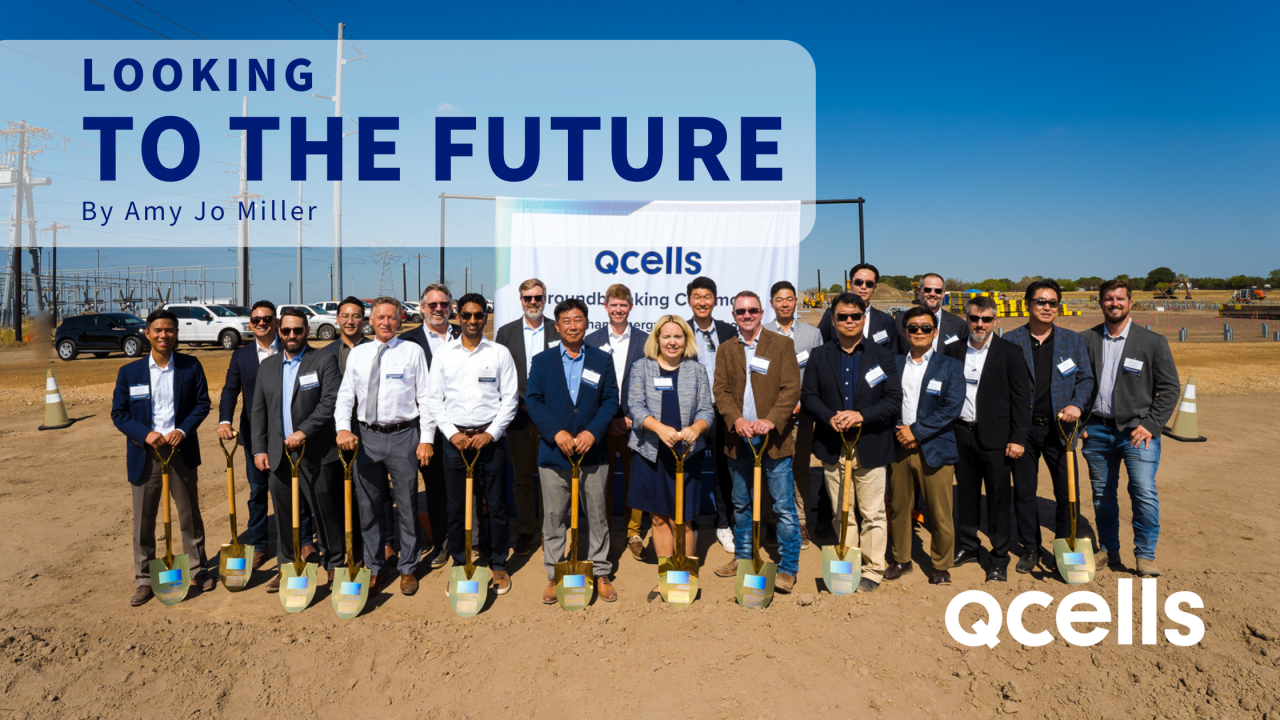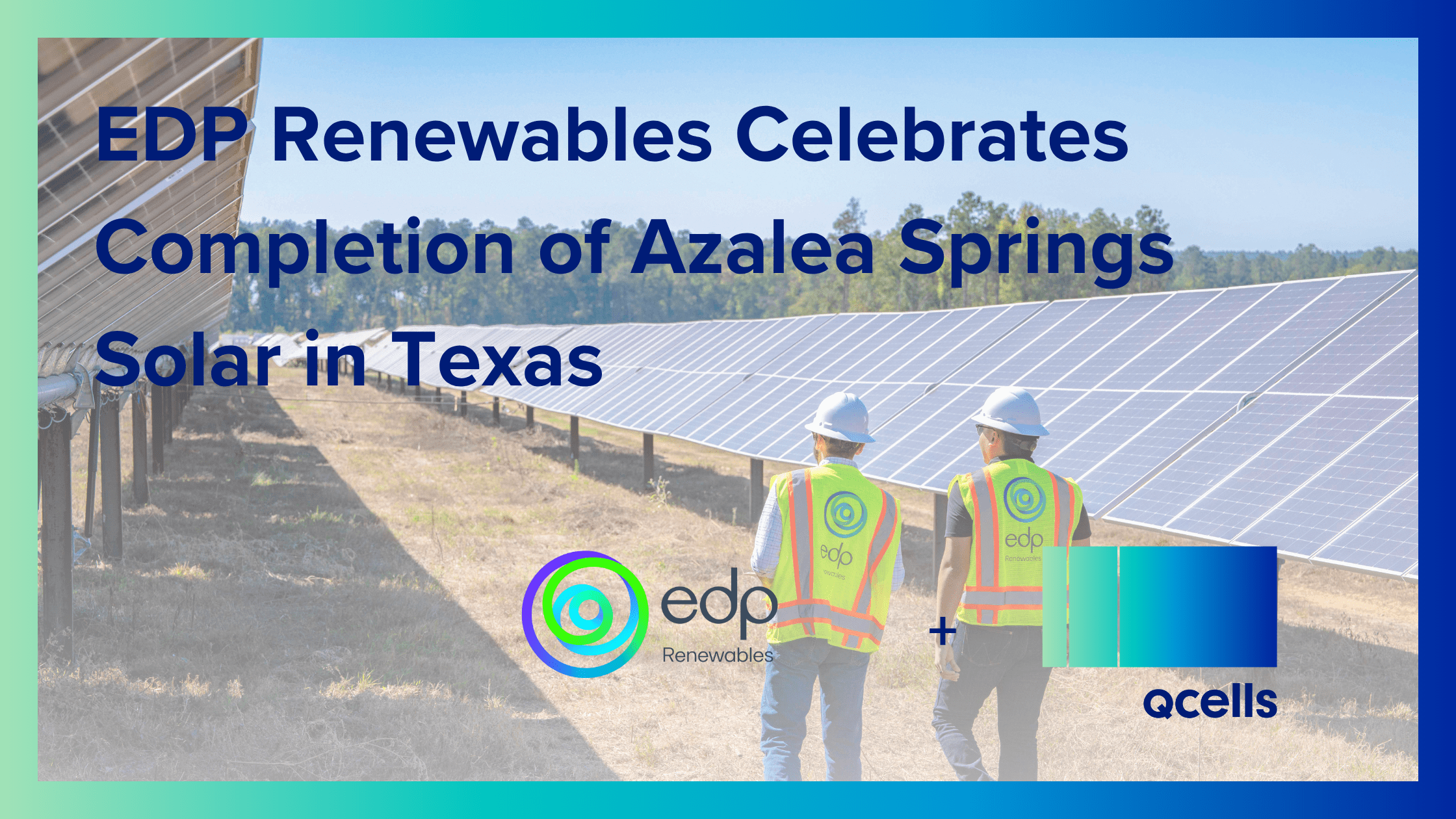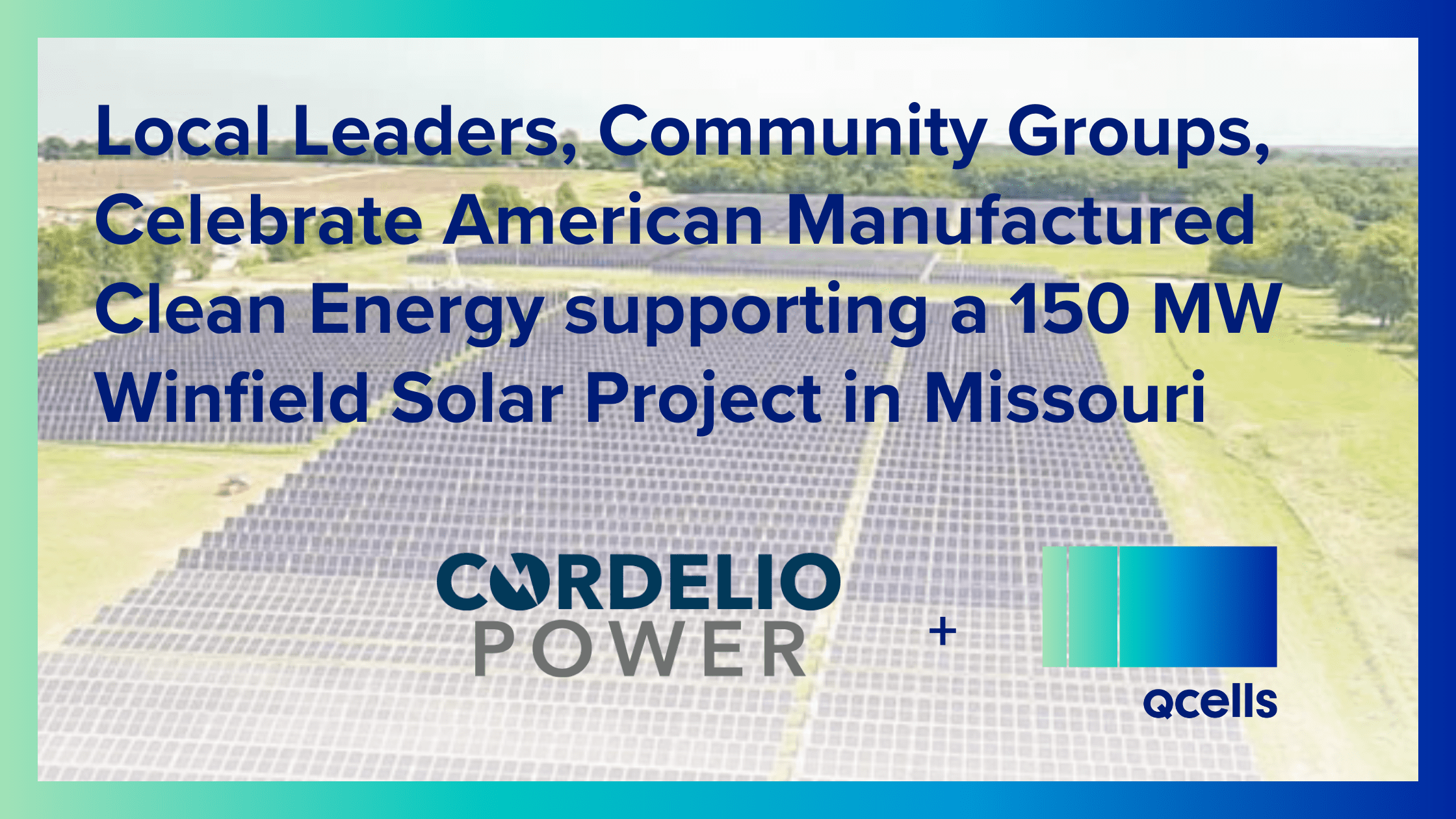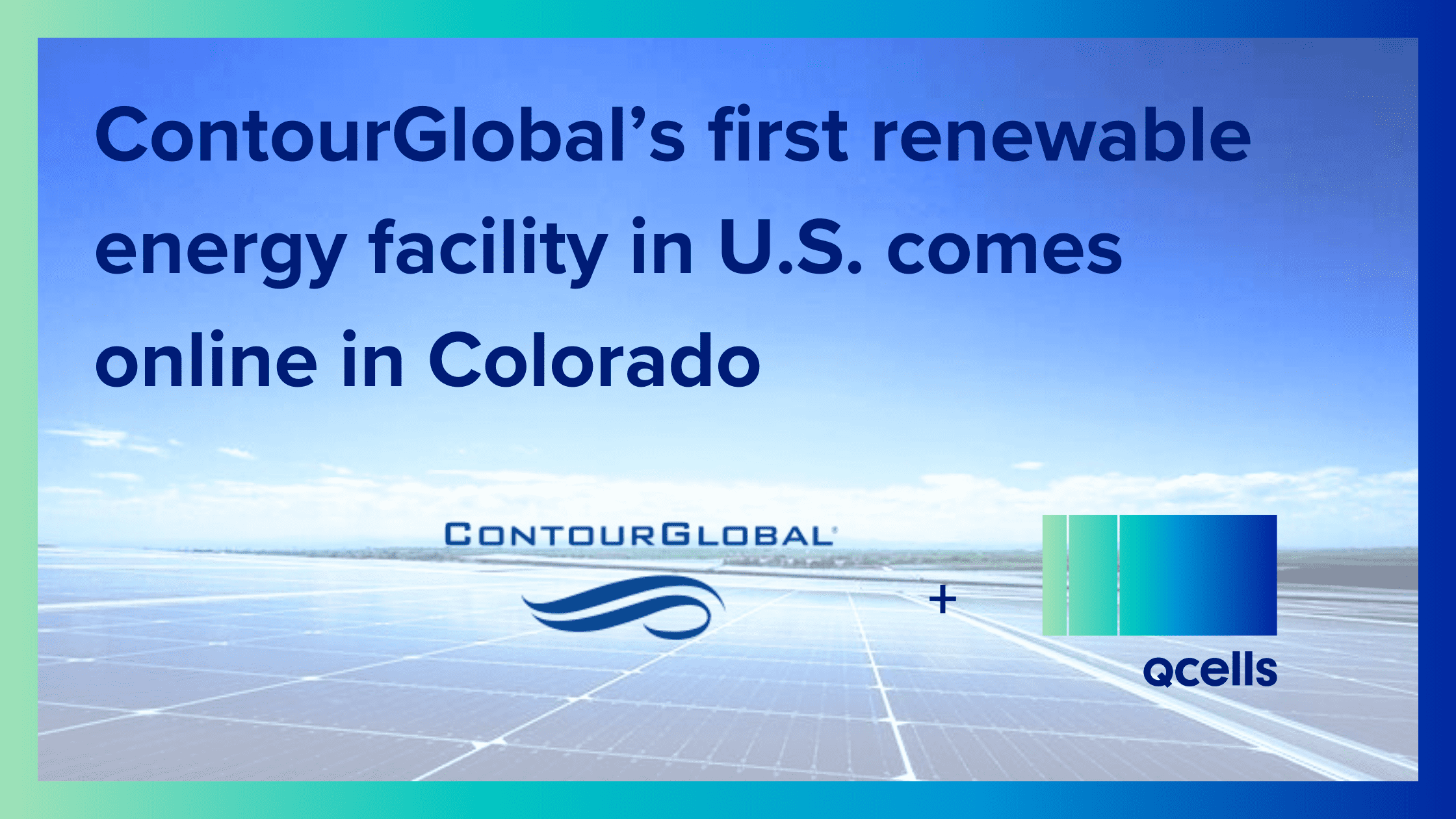In my opinion, the year 2022 has been a historic year for clean energy policy. I am writing with gratitude and excitement for the policy approved and/or being evaluated in 2022; while also keeping the flame lit on future policy still needed.
In 2022 alone, these are hot policy items for clean energy:
1. Passage of the Inflation Reduction Act 8/16/22 – providing business certainty by extending credits at their full value for at least ten years, giving investors, manufacturers, utilities, and developers enough time to plan and build new manufacturing facilities and projects into the 2030s.
2. Notice of Proposed Rulemaking for Regional Transmission Planning and Cost Allocation RM21-17 on 4/21/22 – Proposals to require Transmission providers to develop new planning processes such as 20 year plans for building large scale regional Transmission, sharing costs, and more.
3. FERC (Federal Energy Regulatory Commission) Interconnection NOPR (RM22-14). In June 2022, FERC issued a NOPR focused on expediting the current process for connecting new electric generation facilities to the grid. The NOPR aims to address significant current backlogs in the interconnection queues by improving interconnection procedures, providing greater certainty and preventing undue discrimination against new generation.
4. Modernizing Wholesale Electricity Market Design AD21-10 – In April 2022 from FERC, RTOs to answer: How expect systems to change and what type of Energy and Ancillary Service reforms will they will need in 5-10 years? This docket will provide insight into future market reforms for RTOs and how RTOs will handle the clean energy transition.
I am truly grateful for all the many items that are keeping us policy professionals on our toes, but I believe there is further work to do, listed here:
1. NOPR on Interconnection Cost Allocation
2. Further evolution of State Renewable Portfolio Standards (RPS) & Pilots
3. Regulators reexamine utility resource plans in light of the new economics of IRA
NOPR on Interconnection Cost Allocation
Most projects drop out of utility/RTO Interconnection queues when faced with insurmountable transmission upgrade costs that have many “free-rider” beneficiaries. We must take on this contentious topic to continue the efforts to move to a reliable and clean grid. Many entities, not just developers, benefit when clean energy is installed and deployed into the grid. Let’s work together for fair and equitable cost allocation methodologies.
More State RPS Standards & Pilots
With the passage of IRA, now is the time to reevaluate states that do not have a RPS as well as states with RPS and if those targets should become more aggressive. States should consider directing utilities to develop energy storage pilots to better understand how energy storage helps maintain a reliable grid. After pilots, states should consider setting state energy targets for renewable and clean energy especially in areas that currently do not have RPS. In areas with RPS targets, reevaluation should take place to determine if these goals should be enhanced.
Regulators reexamine utility resource plans in light of the new economics of IRA
Mainly due to higher natural gas prices, the U.S. Department of Energy forecasts electricity prices will increase 6.1% in 2022. Now is the time to evaluate clean energy due to the Investment Tax Credits (ITC) and Production Tax Credits (PTC) incentives to lower ratepayers energy costs across the country. Regulators should be engaged with its stakeholders and utilities to plan out a clean energy transition.
Thank you to FERC and the many stakeholders and organizations who have pushed and evolved clean energy policy to where it is today. It has been the momentum of the past decade that has led us to this historic policy year. Let’s continue the push for the policies that will ultimately lead to a more clean and reliable grid in our career lifetimes. Reach out to me Amy Jo Miller at Qcells USA Corp to discuss how we can partner to achieve these needed reforms.
To read more blog posts from Amy Jo Miller, please see her blog here.





 USA & Canada
USA & Canada Korea
Korea Germany
Germany United Kingdom
United Kingdom France
France Italy
Italy Netherlands
Netherlands Greece
Greece Poland
Poland Portugal
Portugal Hungary
Hungary Spain
Spain Japan
Japan